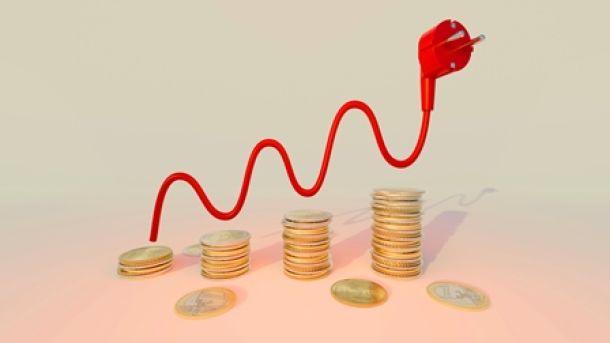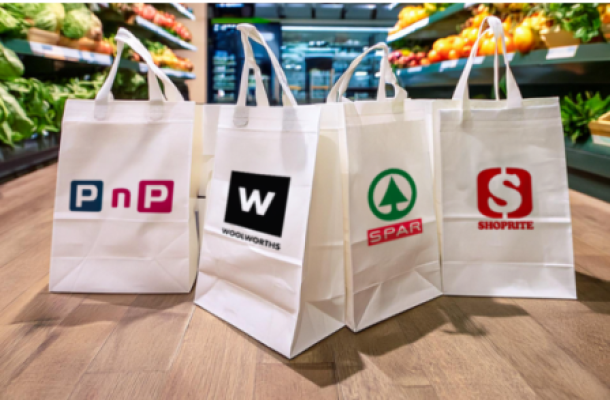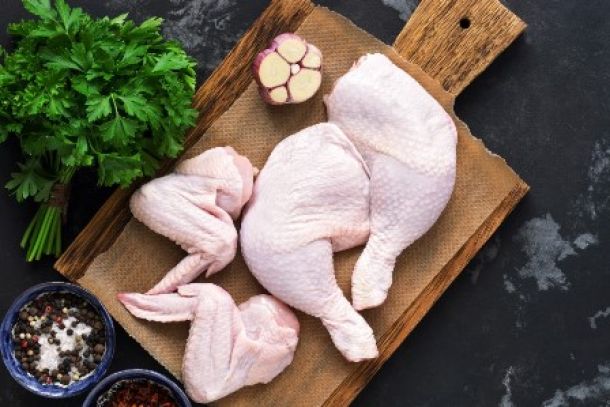Food and grocery price increases in South Africa: 2017 vs 2018
Annual food inflation has continued to slow despite April’s rise in value added tax (VAT), and some food items are actually cheaper than they were a year ago.
This is according to the latest Consumer Price Index (CPI) which found that South Africans are now paying less for oil, bread, fruit and sugar categories.
Bread and cereal prices were 3.1% cheaper in June 2018 than they were in June 2017, while fruit prices fell by 3.2% over the same period.
However, the most notable drop in prices came from sugar sweets and desserts which are on average 5.3% cheaper than they were last year.
The biggest increases were seen in beer (9.1%), and spirits (7.7%), while fish (7.5%), meat (6.8%) and vegetables (5.7%) have also seen notable increases
“If we dig a little deeper into the bread and cereals data, we see the average price for a loaf of brown bread was R12,24 in June 2017, falling to R11,53 in June 2018,” StatsSA said.
“Fish, meat, vegetables and dairy products have all become more expensive, however. A kilogram of hake, for example, would have set you back an average price of R41,09 in June 2017. By June 2018, the price had climbed to R47,37.
“If we consider all food items in the inflation basket, overall food inflation has slowed. Food was actually 0,1% cheaper in June 2018 than it was in April 2018 when VAT was raised. Note, however, that not all food items carry VAT,” it said.
Other forces
However, a closer look at the data suggests that much larger forces than VAT are at play. According to StatsSA this includes tough economic conditions and the recovery from drought.
“A sluggish economy has constrained consumer spending,”it said.
“Household expenditure on food and non-alcoholic beverages grew by 0.7% in 2017, a bit higher than the 0.3% recorded in 2016, but lower than the 2.6% growth rate recorded in 2015.”
It added that South Africa is also emerging from one of the worst droughts in recent history, with 2015 the driest year on record since 1904 when rainfall measurements began.
Commercial maize production in particular fell by 45% in 2015/16 compared with 2013/14, according to data from the South African Grain Information Service (SAGIS).
The slowdown in agriculture production contributed to the rise in food inflation in 2016, which reached a peak of 12% in December of that year. This means that, on average, food was 12% more expensive in December 2016 than it was in December 2015, it said.
While bread and cereal inflation rate fell in line with the recovery, meat behaved quite differently.
“As bread and cereal prices were rising at around 15% year-on-year in 2016, meat inflation was somewhat subdued, hovering around the 5% mark. Meat inflation started to rise near the end of 2016, overtaking bread and cereals in March 2017,” it said.
“The reason for this pattern? It takes a lot longer for meat production to recover. During a severe drought, cattle farmers are unable to feed their stock, and they are eventually forced to cull their herds. For a brief period of time, the increased supply of meat causes prices to stabilise or even fall.
“It takes time to rebuild herds once the rains return, causing a lack of meat once the initial surge in supply ebbs away. Meat inflation then starts to climb as a result.
“In short, volatile weather causes volatile agricultural production and prices, which makes life difficult for farmers and consumers alike, not to mention economic policy makers as well as the manufacturers and retailers who get our food from farm to table. Whether the weather becomes more or less erratic going forward, only time will tell,” it said.
News Category
- International retailers
- On the move
- Awards and achievements
- Legislation
- Wine and liquor
- Africa
- Going green
- Supplier news
- Research tools
- Retailer trading results
- Supply chain
- Innovation and technology
- Economic factors
- Crime and security
- Store Openings
- Marketing and Promotions
- Social Responsibility
- Brand Press Office
Related Articles

Checkers Sixty60 wipes floor with Pick n Pay As...

Top tips for consumers to combat escalating ele...

Clear winner in South African retail battle

Drinks survey reveals Rooibos as a top choice a...




